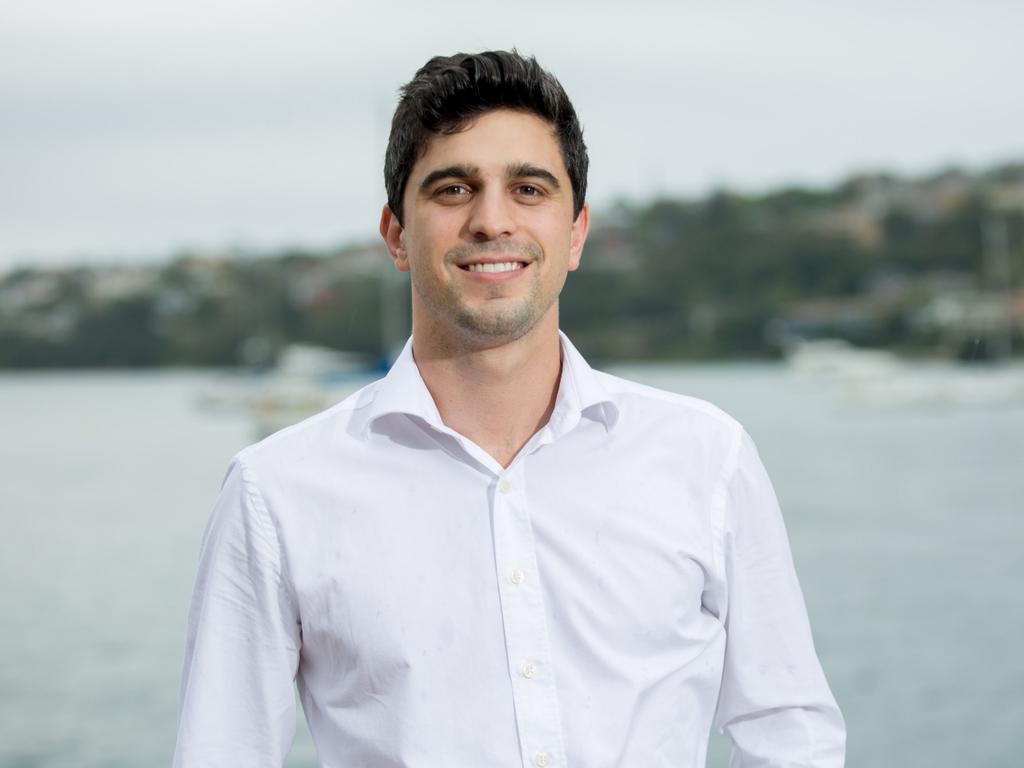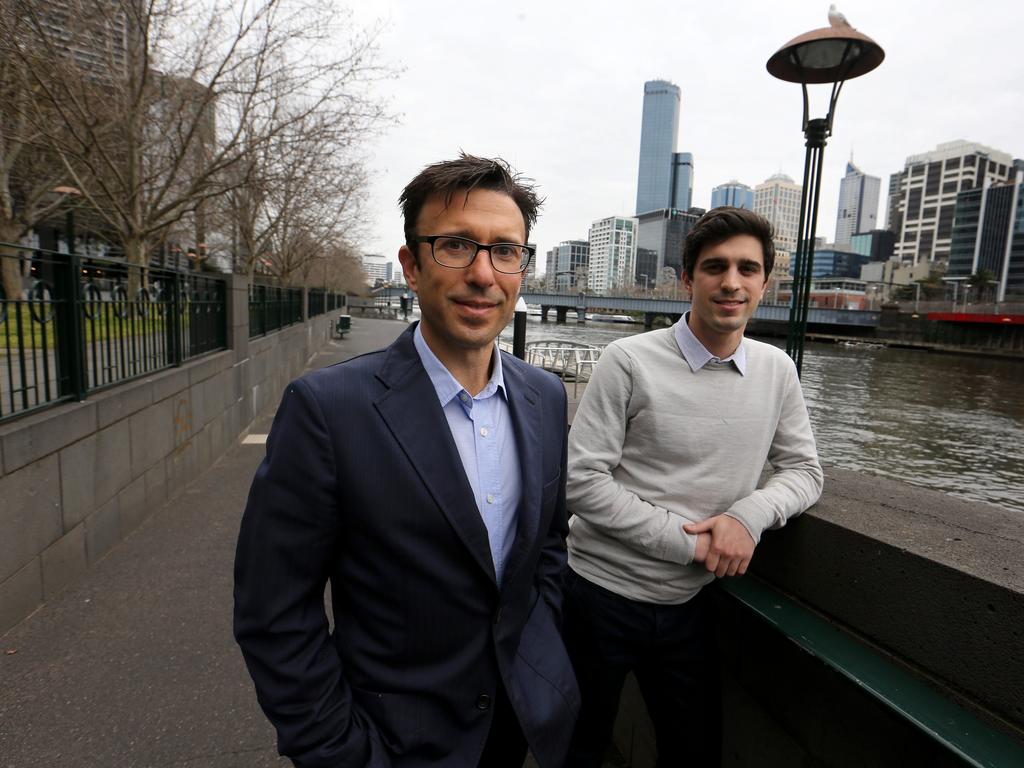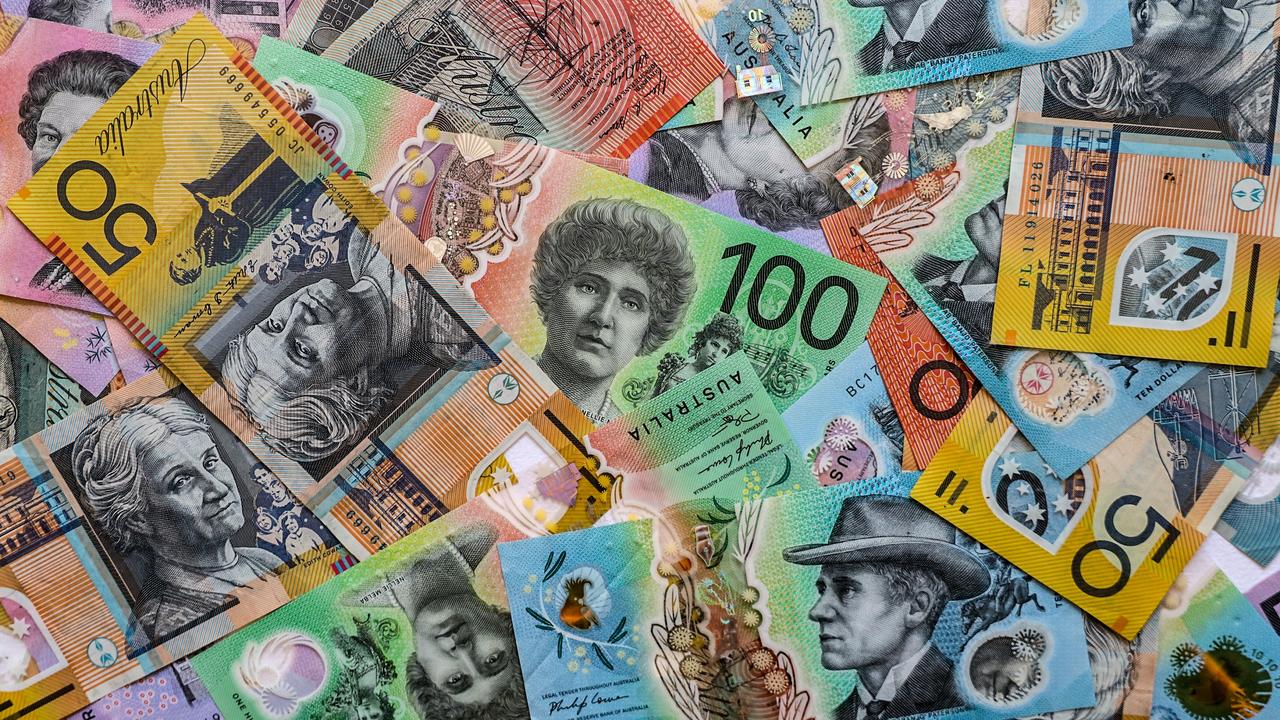How a recession gave one Aussie guy a billion-dollar business idea
When global markets went into free fall 10 years ago, it scarred a generation. But from, one Aussie saw an opportunity and quickly capitalised.

“Payments sound really boring. No one ever says that they love payments. But they do say that they love Afterpay.”
When the Global Financial Crisis hit in 2008, Nick Molnar was just 18 years old. Yet the ambitious Sydneysider with a retail background sat up and took notice of the shift among Millennials after that recession — it had scarred an entire generation into not doing stupid things with their finances. This insight ultimately evolved into a very lucrative business scheme indeed.
“When the 2008 crisis hit, what happened was the recession changed customer behaviours,” Mr Molnar told news.com.au at this year’s Lead Summit, a fashion and retail industry event in New York. “There was just a huge swing among Millennials toward spending money on debit cards, not credit cards,” he recalled, referring to the recession a “milestone” and a “generational shift”.

By late 2014, Mr Molnar and then-neighbour Anthony Eisen had joined forces and launched Afterpay, the Australian-based digital payment platform that operates like a modern lay-by system, where a bought product is paid off in four interest-free instalments, fortnightly. Less than four years after its launch, Afterpay has reached a market capitalisation of more than $3.3 billion.
“Millennials are tech savvy, informed and conscious about not falling into debt. Trust is really important to them,” the Australian entrepreneur explained of his target audience. “They’re into budgeting and being responsible with their spending, but they also still want that instant gratification in retail.”
Despite its deceptively simple concept, Afterpay was unique to the marketplace when it launched. Yet Mr Molnar’s gut instinct (that young shoppers have a total aversion to credit cards and would prefer to balance out their payments in multiple instalments) proved to be spot on.

Today, the co-founder and CEO of Afterpay owns 15 per cent of equity in the business and has a net worth of almost $341 million, according to The Australian Financial Review, catapulting him onto the Australian Financial Review Young Rich List. The company’s name is now commonly used as a verb and has multiple Facebook appreciation groups.
“I think the simplicity and transparency of Afterpay and the fact we’re about shifting the power back to the customer resonates with Millennials,” the former University of Sydney student said, adding that about 2.5 million people in Australia and New Zealand used the system. Of those customers, least 85 per cent who are signed up have done so with a debit card, rather than a credit card. In Australia, Afterpay’s average customer is 33 years old. Eight out of 10 are women.
RELATED: ‘Anti-fashion’ jeans we all want
The immense popularity of the interest-free payment model at home led to its much-anticipated launch in the US earlier this year, with instant success. In just four months Afterpay has landed more than 900 retailers, including big-name partners such as Urban Outfitters, Free People, Anthropologie, Revolve, Morphe and Quay.
An additional 1300 retailers are in the pipeline, including Kylie Cosmetics, Skechers, and Steve Madden. Kylie Jenner herself has been regularly tweeting about Afterpay to her 25.8 million followers — a fan base larger than the population of Australia itself.

“We expanded to the US because our retailers were asking us to, and the response has been really positive,” Mr Molnar said.
“The scale of the US market represents a huge opportunity for Afterpay with the number of US retailers already live with Afterpay being larger than the total online apparel market in Australia.”
Two out of three of the 65 million Millennials in the US do not own a credit card, so Afterpay and the younger generation of American shoppers are a match made in retail heaven.
Financial experts and advocacy groups have previously issued warnings surrounding the buy-now-pay-later method, arguing it triggers “unsafe spending” among Millennials who are spending their disposable income, effectively trapping vulnerable consumers and putting them in debt.
Mr Molnar addressed those fears, saying: “We are all about responsible spending and there’s a bunch of measures we have in place to ensure that happens.
“Afterpay is a free service to customers who pay on time, we don’t charge interest, our instalment periods are short and if payments aren’t made on time we immediately suspend a customer’s account.
“Afterpay is providing a credible alternative and the take-up so far demonstrates that US consumers are embracing what we do and why we do it.”




